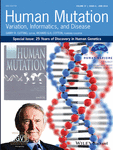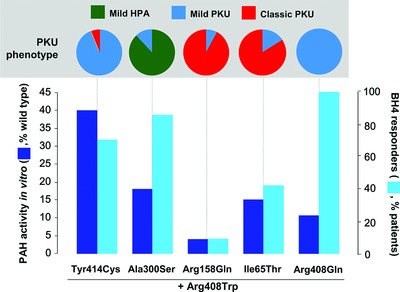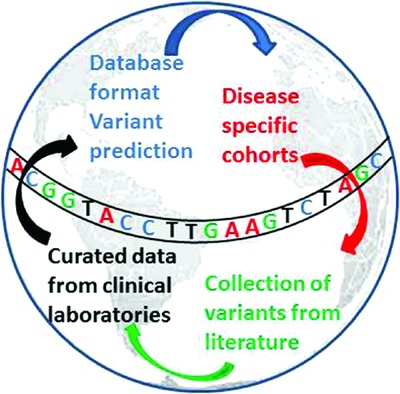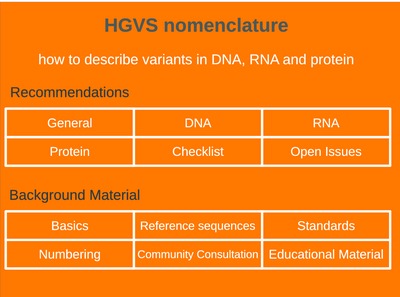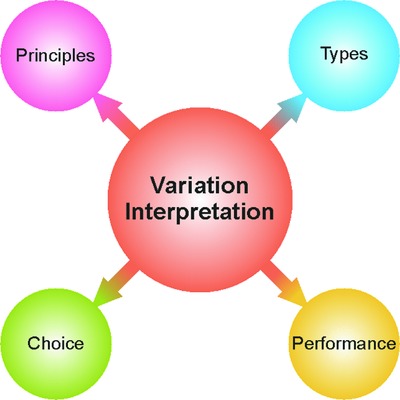Journal list menu
Export Citations
Download PDFs
Cover Image, Volume 37, Issue 6
- First Published: 26 April 2016
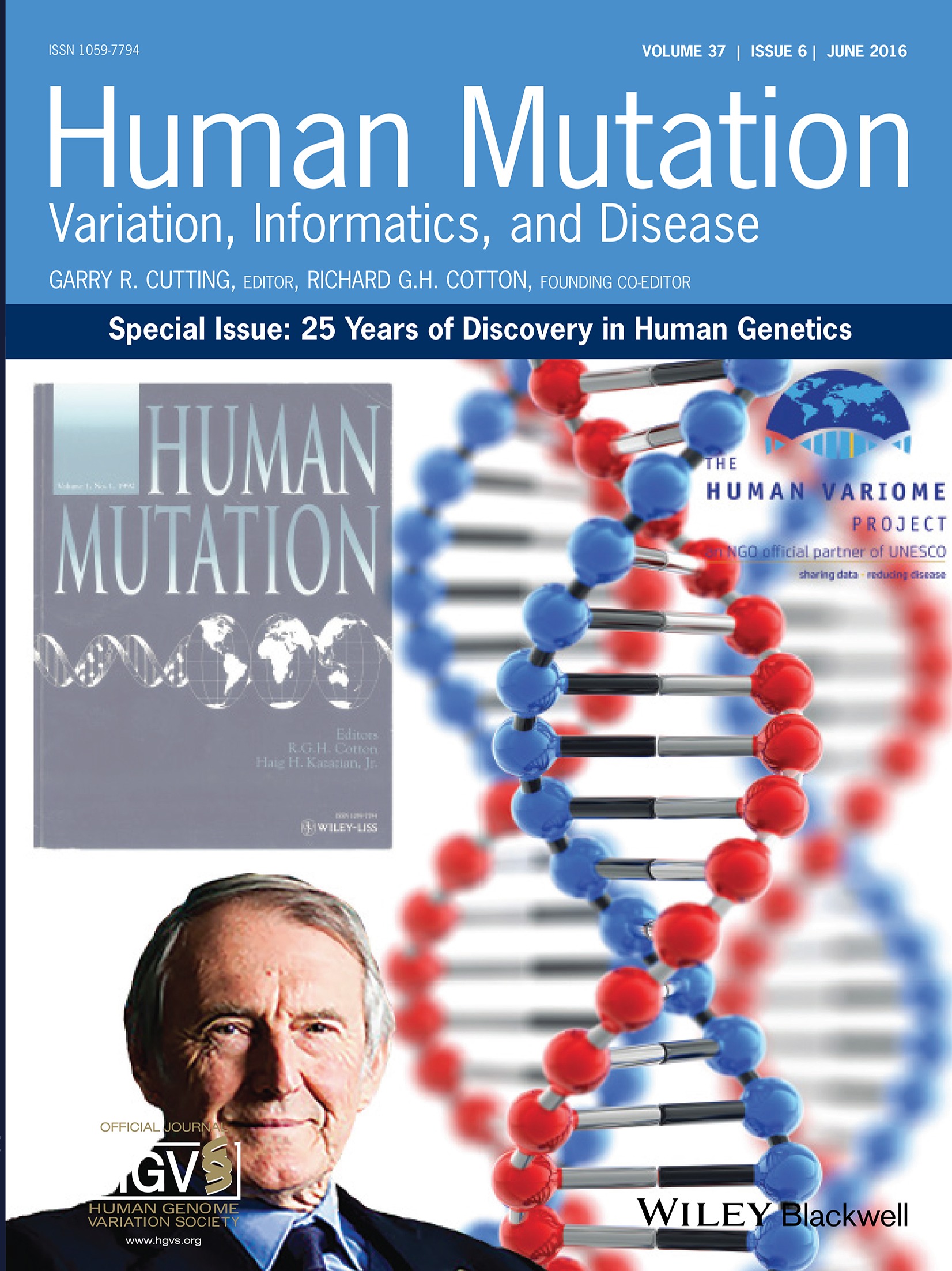
On the cover: Human Mutation was launched 25 years ago to fill a critical niche in the genetics literature. We celebrate the journal's longevity and relevance, as well as its founding co-editor Dick Cotton (1940–2015), in this special collection of current and historical reviews, valuable standards papers, and reminiscences. See the Editorial by Cutting and Kazazian, Pages 503–504, DOI: 10.1002/humu.22988
The Human Variome Project
- Pages: 505-507
- First Published: 14 March 2016
Genetics of Phenylketonuria: Then and Now
- Pages: 508-515
- First Published: 26 February 2016
NGS-Based Assay for the Identification of Individuals Carrying Recessive Genetic Mutations in Reproductive Medicine
- Pages: 516-523
- First Published: 16 March 2016
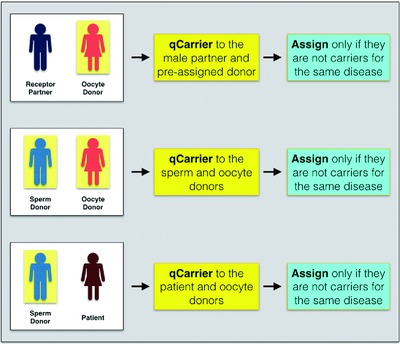
We have developed and validated a next-generation sequencing carrier screening test (qCarrier test) that includes 200 genes associated with 368 disorders. Carrier screening was performed on oocyte donation candidates and the male partner of oocyte recipient. We identified 56% of individuals being carriers for at least one genetic condition, 1.7% of female donors were excluded from the program due to because carried X-linked conditions, and donors were chosen who do not carry mutations for the same gene/disease as the recipients.
Marfan Syndrome and Related Disorders: 25 Years of Gene Discovery
- Pages: 524-531
- First Published: 26 February 2016
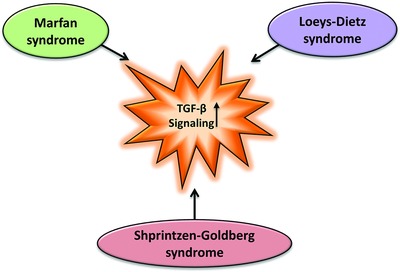
Over the past 25 years, genetic breakthroughs with respect to Marfan syndrome and related disorders have revealed a major contribution of increased transforming growth factor-β signaling to the etiology of both syndromic and non-syndromic forms of aortic aneurysmal disease. Importantly, these insights already provided us with novel therapeutic targets. Nonetheless, further completion of the pathomechanistic puzzle is still required to significantly improve patient outcome.
LSDBs and How They Have Evolved
- Pages: 532-539
- First Published: 26 February 2016
MSeqDR: A Centralized Knowledge Repository and Bioinformatics Web Resource to Facilitate Genomic Investigations in Mitochondrial Disease
- Pages: 540-548
- First Published: 26 February 2016
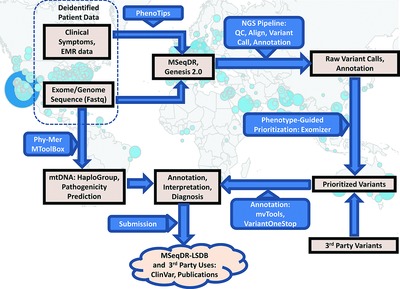
MSeqDR supports integrated data submission, mining, reporting, and visualization from clinical and research projects related to mitochondrial disease, including phenotypes and whole exome, genome, and mtDNA sequencing data. Integrated data processing pipelines in MSeqDR and Genesis 2.0 Websites call, annotate, and prioritize sequence variants based on phenotypes and functional variant predictions. mtDNA genome analysis tools (Phy-Mer, MToolBox) predict haplogroup and pathogenicity scores. mvTools and VariantOneStop support automated mtDNA and nuclear variant annotation and submission into MSeqDR-LSDB.
Human Variome Project Quality Assessment Criteria for Variation Databases
- Pages: 549-558
- First Published: 26 February 2016
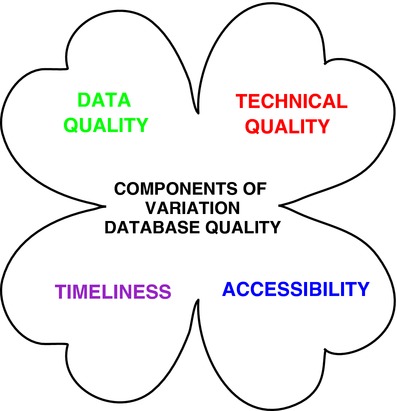
Locus specific variation databases (LSDBs) are typically curated and maintained for single genes or groups of genes for a certain disease(s). These databases are considered as the most reliable information source for a particular gene/protein/disease, but they may have widely varying contents, infrastructure, and quality. The Human Variome Project (HVP) established a Working Group for Variant Database Quality Assessment. The HVP quality evaluation criteria are divided into four main components: data quality, technical quality, accessibility, and timeliness. This report elaborates on the developed quality criteria and how implementation of the quality scheme can be achieved.
Gene Variant Databases and Sharing: Creating a Global Genomic Variant Database for Personalized Medicine
- Pages: 559-563
- First Published: 02 March 2016
HGVS Recommendations for the Description of Sequence Variants: 2016 Update
- Pages: 564-569
- First Published: 02 March 2016
What's in a Name? A Coordinated Approach toward the Correct Use of a Uniform Nomenclature to Improve Patient Reports and Databases
- Pages: 570-575
- First Published: 27 February 2016
HGVS Nomenclature in Practice: An Example from the United Kingdom National External Quality Assessment Scheme
- Pages: 576-578
- First Published: 26 February 2016
Variation Interpretation Predictors: Principles, Types, Performance, and Choice
- Pages: 579-597
- First Published: 14 March 2016
Infectious Enthusiasm! Larger than Life! That Laugh! That Smile! In Loving Memory of Richard G.H. (Dick) Cotton
- Pages: 598-615
- First Published: 31 March 2016




